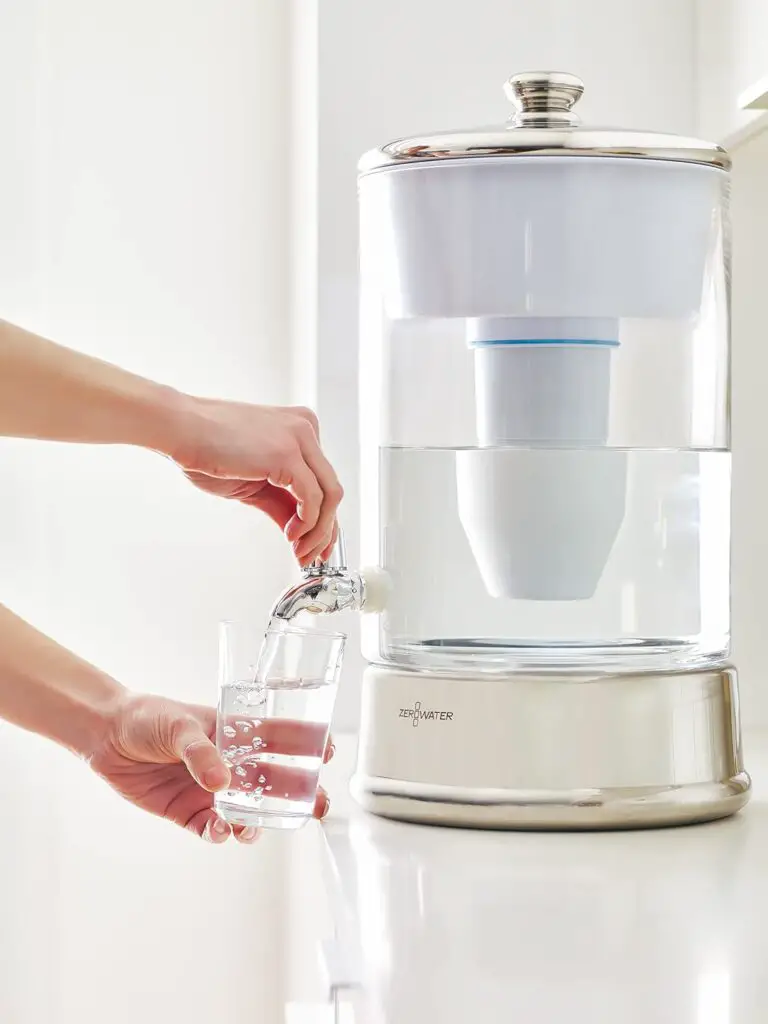We all love our morning cup of joe, but what happens when our trusty coffee maker starts to show signs of neglect? That buildup of mineral deposits and coffee oils can not only affect the taste of your brew but also compromise the performance of your machine. While vinegar is often recommended for cleaning, not everyone enjoys its lingering odor or the hassle of rinsing it thoroughly. Fear not! There are alternative methods to keep your coffee maker sparkling clean without the pungent smell of vinegar.

In this guide, we’ll explore effective techniques to revitalize your coffee maker and ensure every sip is as delicious as the first.
Understanding the Need for Cleaning
Before diving into the cleaning methods, it’s essential to understand why maintaining a clean coffee maker is crucial. Over time, mineral deposits from water and residue from coffee oils can accumulate in various parts of the machine.
This buildup not only affects the taste and aroma of your coffee but also hampers the performance of the brewer. A neglected coffee maker may suffer from clogs, slower brewing times, and even mold growth in extreme cases.
Regular cleaning not only enhances the flavor of your coffee but also extends the lifespan of your beloved appliance.
Alternative Cleaning Methods
- Lemon Juice Solution:
- Lemon juice, with its natural acidity, serves as an excellent alternative to vinegar for cleaning your coffee maker.
- Mix equal parts of water and lemon juice and pour the solution into the water chamber of the coffee maker.
- Run a brewing cycle without any coffee grounds. The acidic properties of lemon juice help dissolve mineral deposits and eliminate stubborn stains.
- Repeat the brewing process with fresh water to rinse out any residue, ensuring no lemony flavor transfers to your next brew.

- Baking Soda Scrub:
- Baking soda is a gentle yet effective cleaner that can tackle stains and odors without the harshness of vinegar.
- Create a paste by mixing baking soda with a small amount of water until it forms a thick consistency.
- Apply the paste to stubborn stains or areas with mineral buildup, such as the carafe or filter basket.
- Use a soft brush or sponge to scrub the affected areas gently, allowing the baking soda to lift off the residue.
- Rinse thoroughly with water to remove any traces of baking soda residue before brewing your next pot of coffee.

- Citric Acid Solution:
- Citric acid, available in powdered form, is another alternative to vinegar that effectively removes mineral deposits.
- Dissolve one to two tablespoons of citric acid powder in water, depending on the severity of the buildup.
- Pour the solution into the water reservoir and run a brewing cycle without coffee grounds.
- Allow the citric acid solution to sit in the coffee maker for about 15-20 minutes to break down mineral deposits effectively.
- Follow up with multiple cycles of fresh water to ensure thorough rinsing and eliminate any residual citric acid taste.

Maintenance Tips for a Clean Coffee Maker
- Regular Cleaning Routine:
- Incorporate coffee maker cleaning into your weekly or bi-weekly routine to prevent stubborn buildup.
- A quick rinse of removable parts such as the carafe, filter basket, and water reservoir after each use can help minimize residue accumulation.
- Use Filtered Water:
- Hard water contains minerals that contribute to scale buildup in your coffee maker.
- Consider using filtered water to reduce mineral deposits and prolong the cleanliness of your machine.
- Remove Coffee Grounds Promptly:
- After brewing, discard used coffee grounds promptly to prevent them from sitting in the filter basket and causing stale odors or mold growth.
Conclusion – How to Clean Coffee Maker Without Vinegar?
Keeping your coffee maker clean is essential for ensuring a fresh and flavorful brew every time. While vinegar is a popular choice for cleaning, there are alternative methods that offer effective results without the strong odor or aftertaste.
Whether you prefer the natural acidity of lemon juice, the gentle abrasiveness of baking soda, or the powerful cleansing properties of citric acid, maintaining a clean coffee maker is within reach. By incorporating these methods into your cleaning routine and adopting good maintenance practices, you can enjoy delicious coffee that truly satisfies your taste buds, minus the vinegar tang. Cheers to a cleaner, happier coffee-making experience!









2 Responses